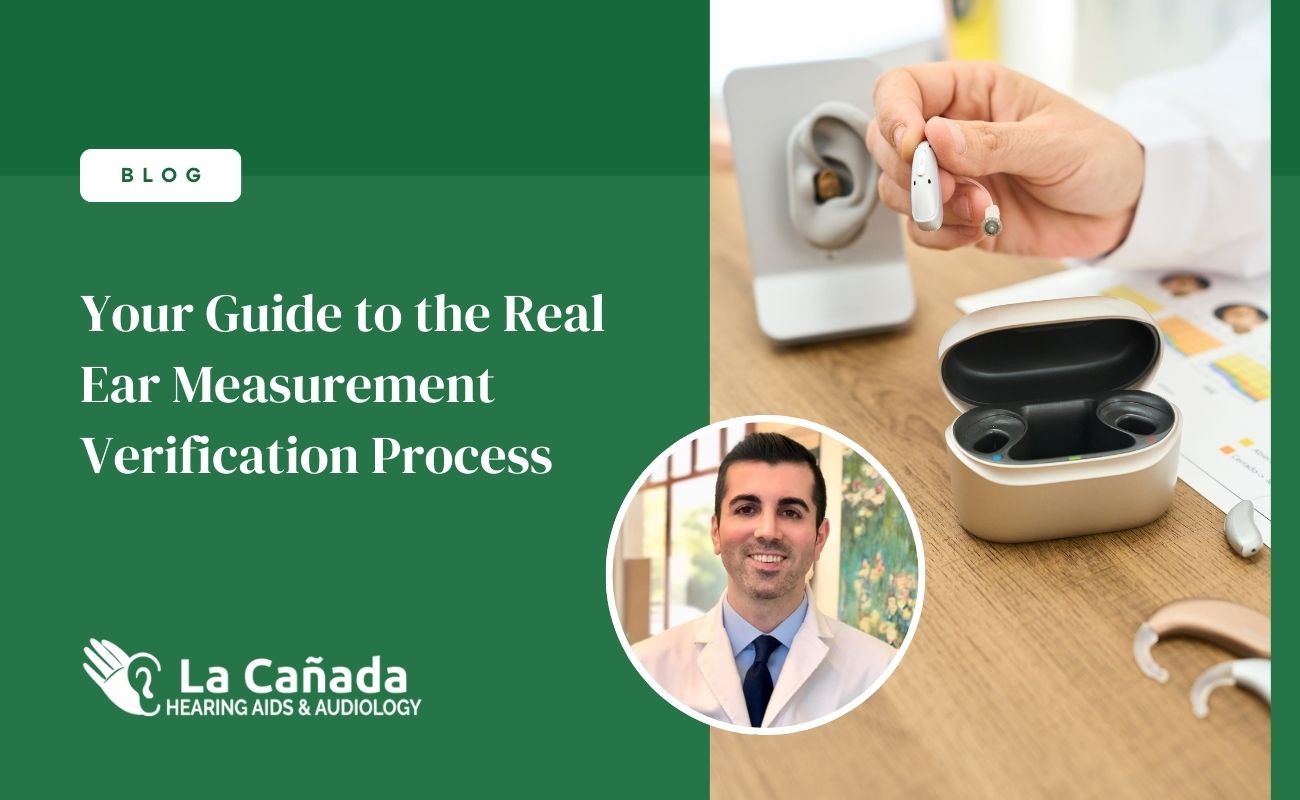Hearing aids are small electronic devices that fit in or behind the ear. They make sounds louder and clearer for the listener by changing sound waves into electrical signals and sending them to your brain through the auditory nerve. But there is so much more to learn about how hearing aids work.
How we hear
To understand hearing aids better, it's best first to understand how hearing works.
- The outer ear helps the eardrum hear sounds around us.
- These sounds are converted from pressure waves to mechanical energy in the middle ear. The eardrum starts to vibrate soon as sound goes into the ear canal.
- There are three tiny bones near the eardrum. They are called the Hammer (Malleus), the Anvil (Incus), and the Stirrup (Stapes). Their job is to transfer the eardrum vibrations to the inner ear through water waves.
- The hair cells in the cochlea work to figure out the pitch of the pressure waves and turn them into electrical impulses.
- These impulses are picked up by the hearing nerve and sent to the brain.
- The brain interprets these signals as sound.
A hearing aid's job is to increase the volume of the sound frequencies that the user's own ears find harder to pick up.
How hearing aids work
A hearing aid is a small voice amplifier with four fundamental parts: a microphone, an amplifier, a speaker (receiver), and a power supply. All hearing aids are composed of these four parts, regardless of type or size.
Here's a basic breakdown of how a hearing aid works:
- The microphone collects sound and transforms it into an electrical signal.
- The receiver collects the amplifier's electrical signals and transforms them into sound.
- The amplifier between the microphone and the receiver raises the signal of the sound before sending it to the receiver.
- The recipient then sends the sound to your ears.
Digital vs. analog hearing aids
Hearing aids used to be analog or digital, but digital technology has taken over in recent years.
Before digital hearing aids came along, analog technology was the only one used in hearing aids. The sound signals in analog hearing aids are continuous and uniform, so they don't have the subtleties or layers of sound that digital hearing aids do. With analog hearing aids, the only way to adjust to different sound environments is to raise or lower the volume, which makes for an uneven listening experience. Also, with analog hearing aids, you can't turn down background noises because they would also be amplified.
Digital hearing aids can separate and amplify only the frequencies the wearer lacks. You can adjust the sound and volume of digital hearing aids to your personal preferences and settings.
Digital hearing aids have several benefits, including:
- improved voice comprehension in busy environments
- increased feedback-free gain
- better speech comprehension
- the ability to adjust instrument settings to suit particular hearing needs
Hearing aids aren't like glasses.
Some people believe their hearing loss will be improved immediately by putting on their first hearing aid. Unfortunately, it doesn't work that way.
For many of you, it's the first time you have word hearing aids. Since hearing loss doesn't occur overnight, the road to improved hearing isn't immediate. It takes your brain time to re-establish those links, so patience and determination are required.
Regular trips to the audiologist are essential.
Experts say it can take up to four months to get used to and the most out of your hearing aids. During this period, hearing aids often need to be adjusted more than once, so patience is essential.
Your hearing professional is just a phone call away if you have questions or concerns about how your devices fit. They will reprogram the hearing aids to be more in tune with your specific hearing loss, making them work better. If a particular sound feels as if it is too loud for you, it might be best to call your provider sooner rather than later.
The key is to talk to your provider often. The more you tell them how your hearing aids work for you, the better they can help you.
With the advent of cutting-edge technology and improved fitting techniques, there has never been a better time to wear a hearing aid. Although acquiring hearing devices can be a financial burden, going without them raises the risk of a host of social and medical issues, including loneliness, cognitive decline, and depression. And studies have shown high satisfaction rates when treating hearing loss with hearing aids.
We're proud to partner with all the major hearing aid providers. Whether you're looking for power, the latest technology, or the most discreet look, we'll help you find the proper hearing solution for your hearing, budget, and lifestyle needs.


.webp)


.jpg)


